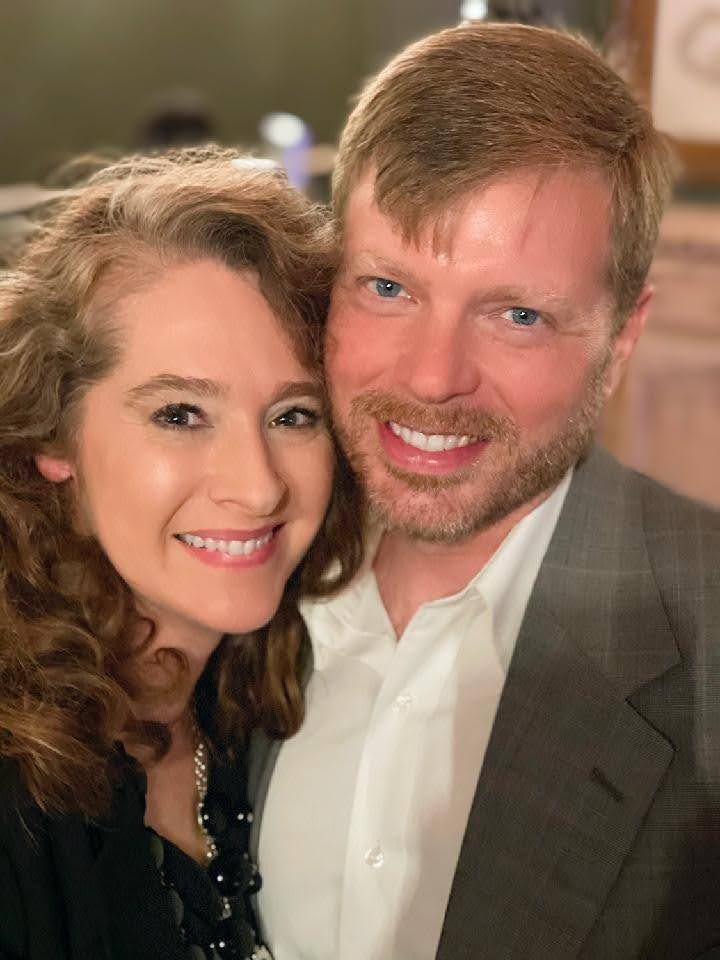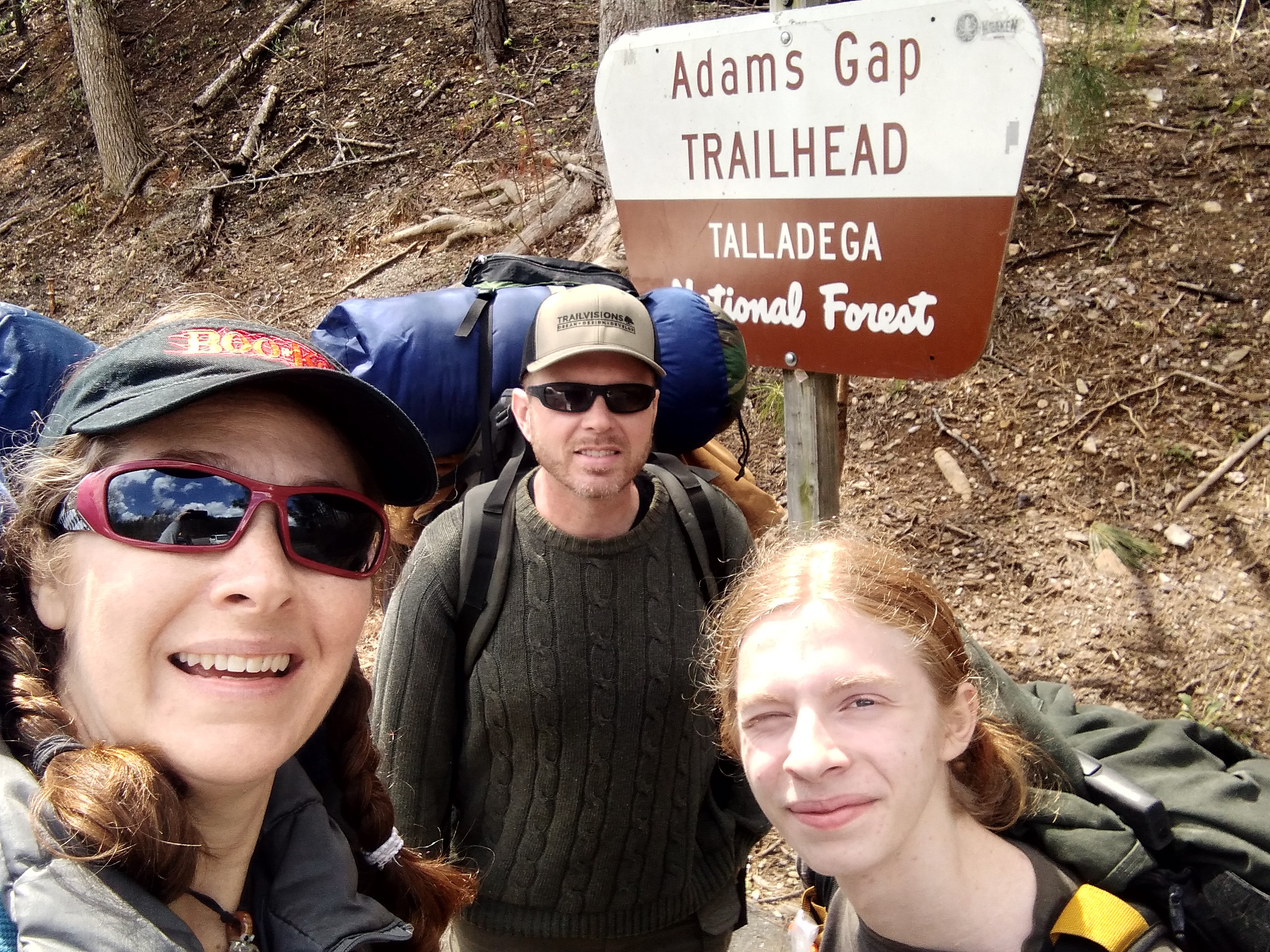 In the fall of 2021, my eighteen-year-old child was making an appointment for an annual check-up, then handed me the phone and said, “Mom, don’t you need a check-up? Didn’t you miss your appointment last year because of COVID?” I had, in fact, missed my annual check-up and mammogram. A few days later, after the check-up and mammogram, I was called back for additional imaging to investigate some suspicious findings. Three biopsies later, the radiologist’s findings were confirmed. I had DCIS, ductal carcinoma in situ.
In the fall of 2021, my eighteen-year-old child was making an appointment for an annual check-up, then handed me the phone and said, “Mom, don’t you need a check-up? Didn’t you miss your appointment last year because of COVID?” I had, in fact, missed my annual check-up and mammogram. A few days later, after the check-up and mammogram, I was called back for additional imaging to investigate some suspicious findings. Three biopsies later, the radiologist’s findings were confirmed. I had DCIS, ductal carcinoma in situ.
When I was offered genetic testing by my oncology team based on my age of diagnosis, I immediately accepted. None of my close relatives had a history of breast cancer, but I wanted to make sure I didn’t have a genetic mutation linked with cancer risk that I may have passed to my children. But more pressing at the moment was whether to have a double or single mastectomy. I don’t know anyone who has had a single mastectomy. Everyone has had double mastectomies with reconstruction. If I wasn’t at increased risk of a future breast cancer based on my genetic results, I wanted to keep my unaffected breast.
I spoke with a genetic counselor about my genetic test results so that I understood what they meant for my treatment, my future cancer risk, and my family. Thankfully, the results were negative. When I hear about genetic testing in the media, it’s often those who test positive and how they act on that knowledge. However, my negative test results were empowering as well. With this information, I was able to spare myself the more difficult recovery, time, money and emotional trauma of losing both breasts. I know women who have opted to have a double mastectomy to reduce the risk of cancer in the opposite breast as much as possible. It just wasn’t the right choice for me.
While going through the shock, grief and recovery surrounding my diagnosis and surgeries (I had two, because of complications), I supplemented my medical healing team with other modalities from the healing arts. A holistic approach that addressed my physical, spiritual and emotional needs appealed to me, and I was fortunate to be surrounded by a community to help me in that practice. I was encouraged to channel all of my big feelings into writing by Salaam Green, a poet and literary healer. Tosha Gaines, a photo-therapist supportively and respectfully worked with me for before and after photoshoots to document my body’s changes. Angela Barnhart and Jamella Stroud helped prepare my body and mind for surgery and through recovery with yoga therapy. I had the most affirming Reiki session with Olorif’a Jaqueline Cockrell, which gave me the confidence to know I was being supported by friends and family far and wide. Peggy Biga and Rebecca Rodamar Cook made sure that my family and I had plenty of nutritious meals to sustain us. Without this network of caring healers outside of my oncology team, I fear I would have had a much more traumatic experience and longer healing process.
My background as a photographer led me to personally process what was happening through photography and videography. From the moment of my diagnosis, I turned the camera on myself, recording the real emotions in real time. I am currently in the process of making a documentary, Off My Chest, from the wealth of media from my personal accounts as well as the collaborative work with the healing artists that nurtured me. Going back through the videos, photos, and writing can be quite jarring at times, but I’m so thankful that I honored my emotions by documenting them. My hope is to bring empathy to those with similar struggles and illuminate, if only a bit, the path of those who find themselves facing breast cancer.




